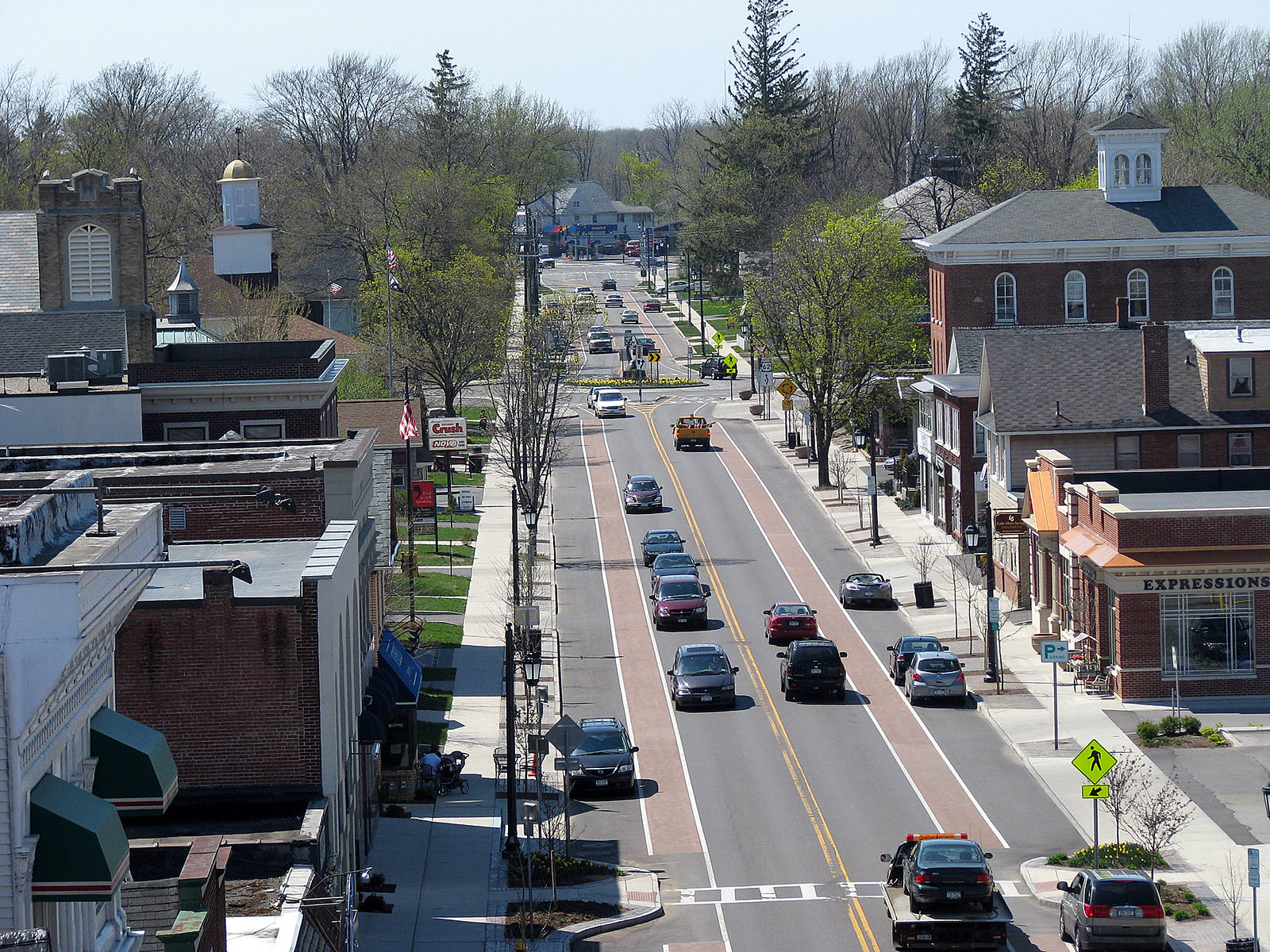Most "Complete Streets" policies introduced or updated across America last year were so ineffective that they don't even "deserve to carry the name," according to a new analysis from the National Complete Streets Coalition.
Last week, the coalition announced that it would no longer include scores of local policies in its annual round-up of the best Complete Streets policies in America — at least if they earn a score below 60 out of 100 on the organization's evaluatory framework, which rates how likely those laws are to actually deliver the kind of safe roads for people of all ages, abilities, backgrounds, and modes of travel that they prescribe on paper.

That announcement came on the heels of the release of the organization's latest ranking, in which a whopping 26 out of 43 policies adopted between 2023 and 2024 fell below that 60 point threshold. And once they realized that a full 60.4 percent of so-called "Complete Streets" laws were earning failing grades, the organization's leaders knew it was time to take action to stop the critical concept from being diluted any further.
"You will see going forward that some of those low-scoring policies will not be considered Complete Streets policies [anymore]," said Heidi Simon, who leads the work of the coalition. "If you are not meeting the marks, you're not making the changes we need to see. We want to make sure that those that are claiming the Complete Streets mantle are doing the work — and respecting the efforts of the communities that do have well-scoring policies."

Simon explains that when done right, a Complete Streets policy fundamentally "challenges us to rethink how we do transportation in the United States" by making firm commitments to integrating new traffic calming elements virtually every time they build or repave a road.
While those elements might be adjusted for the specific context of a corridor — say, building a protected bike lane on a wide arterial, but subbing that lane out for speed cushions on an already-narrow neighborhood road — a good Complete Streets policy won't allow easy exceptions that leave vulnerable road users in danger. They also don't allow projects to fall through the cracks when multiple agencies get involved, like when a city wants to build a crosswalk on a street they own that intersects with a dangerous state-owned collector.
"A policy is only as good as the change it creates on the ground," Simon said. "So we look at things like vision and intent; we look at things like the design guidance that [the policy] would adopt; we look at how it would change the processes and practices of the people making the decisions and changing our streets. "
A truly great policy, though, will prioritize making Complete Streets investments in the underserved communities that need them the most, rather than endlessly tweaking roads in privileged communities that are already relatively safe. And they'll do it all in a way that is fully transparent to the public, and let locals play a key role in co-creating their communities.
"And at the end of the day, it asks the city to be accountable to its residents through regularly-reported metrics, community engagement strategies —and hopefully, getting community members more involved in the process than they might be in a traditional transportation system," she added.

Simon notes that the quality of America's Complete Streets policies are on an upswing — even if they're generally going from "worse" to "bad." Between the 2018 edition of the rankings and this year, the average city score rose 13 points, from a dismal 39 to a still-failing 52.
Top-ranked San Antonio, meanwhile, did their best to drag that grading curve up, scoring a stellar 96 this year after it revised its old policy to be more proactive about meeting performance measures with the establishment of a new "Technical Review Task Force" — and to better prioritize people who have been historically excluded from transportation discussions.
The Alamo City doubled down on its commitment to equity by calling on city departments to “thoroughly consider measures to preserve housing affordability and increase new affordable housing options" if Complete Street investments attract new investments and increase property costs, even as their state government embraces the federal war on DEI.
Notoriously car-centric Nashville, meanwhile, won the number two spot and signaled its commitment to a much more multimodal future, while the tiny Ohio city of Clyde — population 6,337 — nabbed number three, proving that even the smallest communities can have a big vision for their transportation network.
Sadly, those visionary communities were outnumbered by those whose policies were toothless, inequitable, inconsistently enforced, or otherwise undeserving of the Complete Streets name. And with federal support for the concept waning — and federal guidance on how to implement it disappearing from government websites — some might find it challenging to bring their scores up.
Simon argues, though, that U.S. communities can and must do better — or else lose the right to call themselves livable streets champions.
"It can't just be a tagline," added Simon. "The policy should be the catalyst for change. It should give guidance for staff and decision-makers, and it should present a roadmap for how to make the change you want to see happen. And if it's not doing that, then we need to go back and re-evaluate."
The 2025 Best Complete Streets ranking only includes policies that were adopted or updated between 2023 and 2024. To see how your community's policy stacks up — and challenge them to do better — check out previous editions of the ranking, or use this policy evaluation online tool.






